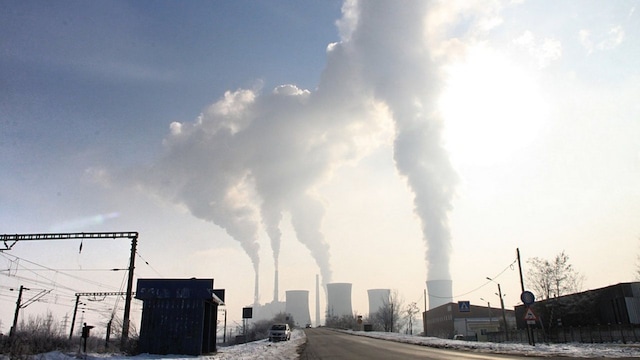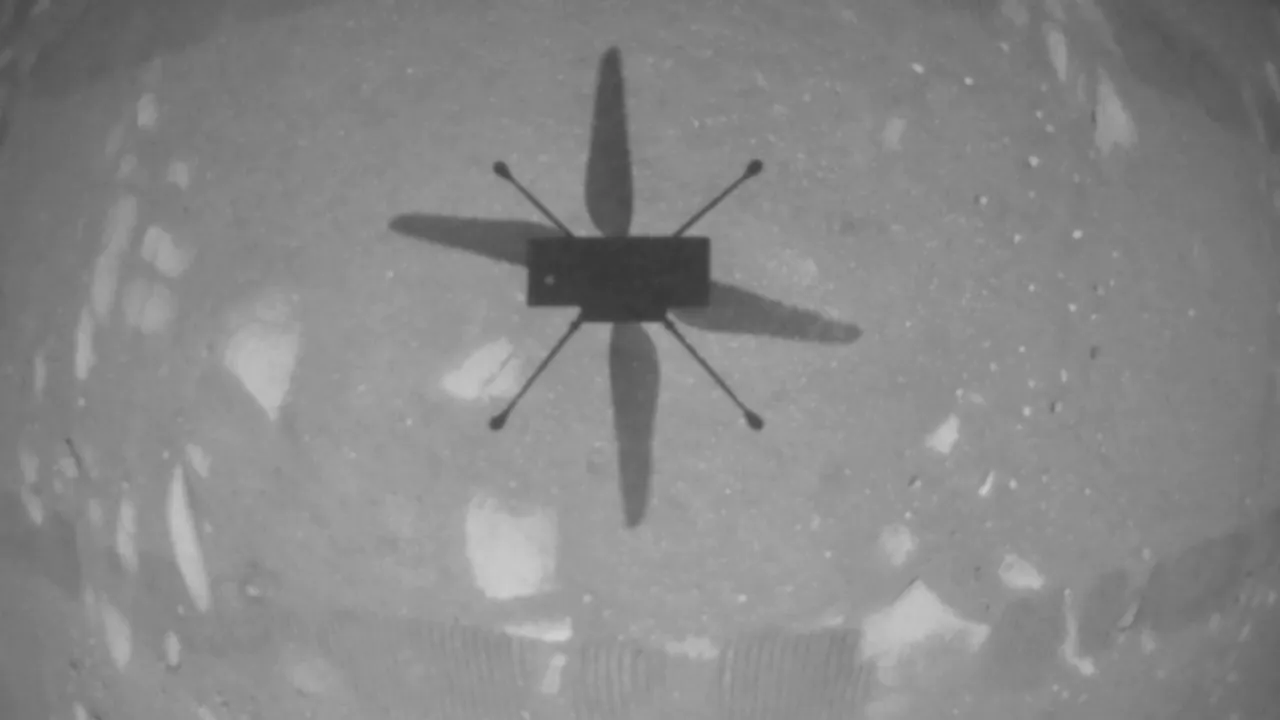Overall, fossil fuels are set to account for only around a fifth of the energy supply by 2050, down from almost four-fifths currently.

We have arrived at the painful realisation that the idea of net zero has licensed a recklessly cavalier “burn now, pay later” approach which has seen carbon emissions continue to soar.
All future fossil fuel projects must be scrapped if the world is to reach net-zero carbon emissions by 2050 and to stand any chance of limiting warming to 1.5C, the International Energy Agency said Tuesday. In a special report designed to inform negotiators at the crucial COP26 climate summit in Glasgow in November, the IEA predicted a “sharp decline in fossil fuel demand” in the next three decades as well as a 2040 deadline for the global energy sector to achieve carbon neutrality.
The Paris-based think tank called for a rapid and vast ramping up of renewable energy investment and capacity, which bring gains in development, wealth and human health.
IEA Executive Director Fatih Birol said the roadmap outlined in the report showed that the path to global net-zero by 2050 was “narrow but still achievable”.
“The scale and speed of the efforts demanded by this critical and formidable goal — our best chance of tackling climate change and limiting global warming to 1.5C — make this perhaps the greatest challenge humankind has ever faced,” he said.
Built using its industry network and energy modelling tools, the IEA’s roadmap lays out more than 400 milestones on the path to net-zero by mid-century.
These include “no new oil and gas fields approved for development” beyond projects that are already committed as of 2021.
It predicts “a sharp decline in fossil fuel demand, meaning that the focus for oil and gas producers switches entirely to output -– and emissions reductions –- from the operation of existing assets”.
The roadmap also said that sales of new internal combustion engine passenger cars would have to end in 2035 and energy efficiency would need to improve four percent annually this decade — around three times faster than the current trajectory.
With annual additions of solar and wind power reaching 630 and 390 gigawatts respectively by 2030, the IEA said that investment in renewables could put global GDP four percent higher by 2050 than it would be based on current trends.
By 2050, it said that renewables capacity and greater efficiency would see global energy demand drop about eight percent compared to today, even as two billion more people gained access to electricity.
Investment totalling around $40 billion a year — around one percent of current energy sector investment — is projected to hook hundreds of millions up to the global grid.
The IEA said that clean energy and access to clean cooking solutions could cut the number of premature deaths by 2.5 million a year by 2050.
Overall, fossil fuels are set to account for only around a fifth of energy supply by 2050, down from almost four-fifths currently, the report showed.
Dave Jones, global lead at the energy think tank Ember, said Tuesday’s assessment was “a complete turnaround of the fossil-led IEA from five years ago”.
“This is truly a knife into the fossil fuel industry,” he said.
Oil plateau
The report’s findings are sharply at odds with the spending plans of oil and gas majors.
Analysis this month from Rystead Energy showed that despite a drop in upstream investment due to the pandemic, energy firms were set to spend $480 billion annually by 2025 on new oil and gas projects.
Under the IEA’s net-zero pathway, oil usage is projected to decline 75 percent and gas 55 percent by mid-century.
It also said that all inefficient coal power plants needed to close by 2030 in order to achieve net-zero by 2050.
Pandering to industry fears
While most of the global CO2 reductions until 2030 in the net-zero pathway come from “technologies available today”, the IEA said that around half of reductions by 2050 would be provided by “technologies that are currently only in demonstration or prototype phase”.
These include direct air capture and storage of CO2 from the atmosphere, which it said could be “particularly impactful”.
Teresa Anderson, climate policy coordinator at ActionAid International, said that the IEA’s net-zero plan still relied too heavily on as-yet untested technology to remove carbon pollution.
“Any role of future technologies should be to replace fossil fuels, not justify their use,” she told AFP.
“Given all the uncertainties and risks around long-shot technologies and land availability for bioenergy, the IEA would do better to focus on bringing emissions down to real zero, rather than using ‘net’ zero accounting to pander to the fossil fuel industry’s fears of losing profits.”










